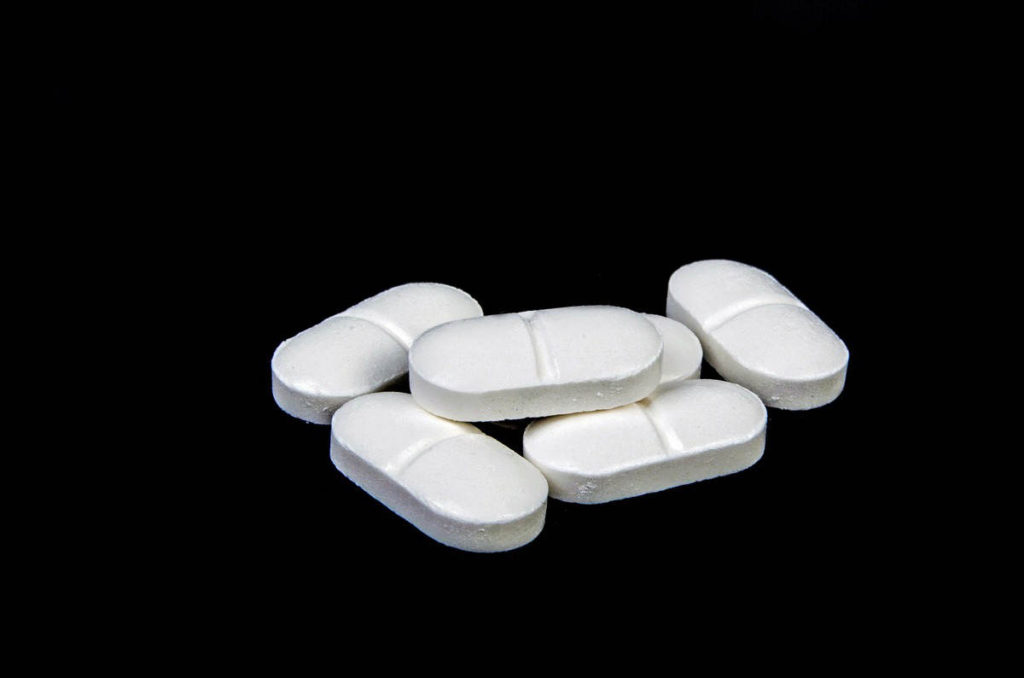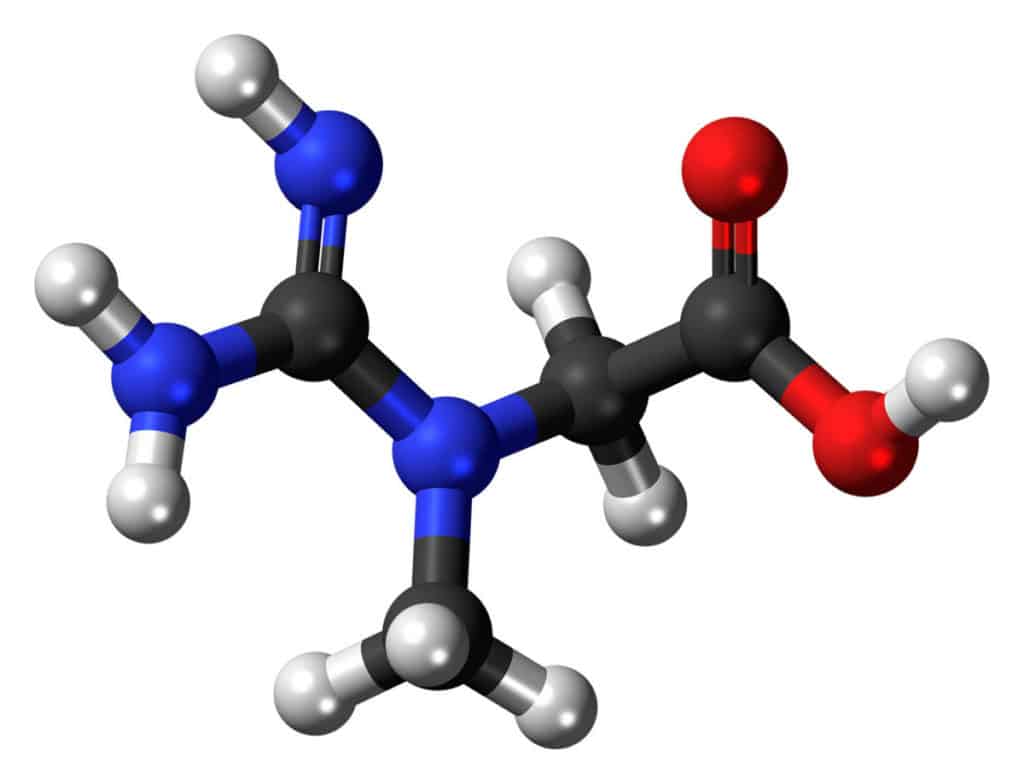So maybe you have reached an age where going to the gym every day and maintaining a healthy exercise regimen has become difficult. This is a problem for most people. It has become increasingly difficult to manage and balance work life, social life, and, all the while, maintain a healthy diet mixed with enough exercise.
Creatine, a widely researched substance geared toward helping produce energy, has become a common supplement to help people in their workouts. But can you still get ripped while taking creatine? Yes, you can, but creatine also reacts differently depending on the person, so you have to gauge how it affects you, and you should consider consulting a doctor before introducing it into your diet.
People’s bodies are simply different, and their bodies react differently depending on the substance or food they’re using or eating.

Using Creatine when You’re Older
Building and maintaining muscle as a fifty or sixty-year-old is both possible and attainable. Despite people touting that your body is incapable of anything once you reach a certain age.
Creatine is a popular workout supplement that many avid gym-goers resort to in order to help their performance in the gym.
Essentially, creatine transports energy into your cells to reduce any fatigue you may be feeling, allowing for a higher intensity workout to produce better gym results.
The Science: How Does Creatine Work?
Creatine is a compound that is found naturally in the cells of your muscles. During a workout, the creatine in your body will work to produce more energy when you go about an exercise involving heavy lifting or high-intensity intervals.
Creatine is stored primarily in your muscles. Around 95 percent of your body’s total creatine with the remaining five percent apportioned to your brain and other areas.
The form of creatine stored in your muscles is referred to as phosphocreatine. Supplementing through additional creatine augments the amount of phosphocreatine in your muscles.
The additional stores of phosphocreatine allow your body to create more ATP (adenosine triphosphate), which is a high-energy molecule.
The added presence of ATP allows you to perform better during your workout because of the hike in energy you will experience.

Image source Wikimedia Commons.
Colour code:
Black: – Carbon, C
White: – Hydrogen, H
Red: – Oxygen, O
Blue: – Nitrogen, N
How Does Creatine Help You Gain Muscle?
Creatine is a beneficial catalyst for both long and short-term muscle growth. Creatine has been shown to help build muscle mass when paired with a good workout routine. This would consist of resistance training or weight lifting.
Creatine helps you to gain muscle mass in a variety of different ways:
- Enhanced workout: – Creatine helps you to perform better during your workouts, allowing you to increase the intensity of your workout in the same amount of time.
- Increased level of anabolic hormones: – There is a connection between the addition of creatine supplements and a rise in hormones. IGF-1 is just one of the hormones.
- More water: – Creatine draws water to your muscles. This allows the cells of your muscles to remain hydrated while working out.
- Decelerated Breakdown of Protein: – Creatine can help to augment your total muscle mass by slowing the breakdown of protein (meaning you’re slowing the breakdown of your muscles).

How to Supplement Properly
To receive the best and most promising results, you’ll want to make sure you consistently take creatine to gauge your body’s reaction to the substance.
Largely, creatine monohydrate is perceived as the best and most effective form of creatine available. This is the type I use.
You may also opt for polyethylene glycosylated creatine, which provides similar effects to that of creatine monohydrate; however, with this form, you can take a smaller dose as it is absorbed more quickly into your bloodstream.
Furthermore, many studies show that creatine’s effects can be maximized when paired with an intake of carbs and protein. This type of meal aids in absorption.
To add creatine to your supplement schedule, there are typically three different recommended ways that you can go about this:
1. Load
You can load creatine, initially taking 20 grams per day for 5 to 7 days. And after that 5 to7 day period, you can continue by taking 3 to 5 grams a day thereafter to maintain more creatine.
2. Maintenance
You can initially start taking 3 to 5 grams of creatine a day and maintain this level.
3. Cycling
In this case, you will cycle on and off creatine for weeks at a time.
There are Different Benefits to Each Phase
Loading allows your body to get accustomed to the creatine quickly through a fast, high-intake regimen. When you do this, though, you may experience very high energy levels as your body can’t burn off all the additional ATP because of the hike in creatine.
Maintenance slowly allows you to become accustomed to the creatine and maintain a steady rise in energy for your workouts.
Cycling is the best option if you plan on ending your creatine use after a certain amount of time. This will help you wean yourself off the supplement so it won’t shock your body.

Studies in Older Adults
Creatine is not only primarily used among younger individuals in their 20s and 30s who aspire for greatly sculpted bodies. Creatine is a supplement that can benefit an array of people, of varying body types, males and females, and older adults.
One particular study on creatine conducted for a 14-week period displayed that the addition of creatine to a weight-training exercise regimen significantly contributed to an increase in leg strength and muscle mass.
Other Possible Positive Side-Effects
Supplementing with creatine may also carry added benefits for your cerebral functions. Creatine may help fight against conditions like Alzheimer’s, Huntington’s, and Epilepsy.
The proof of the positive effects on brains has mostly been studied through animals and not tested in humans.
Other research ties creatine usage to reduced blood sugar levels, better muscle function, and quality of life in older people. And it may even help treat a certain form of liver disease.
Possible Negative Side-Effects
Some negative side-effects are related to the use of creatine, such as:
- Weight gain
- Kidney damage
- Liver damage
- Kidney stones
- Bloating
- Dehydration
These are just some of the purported side effects.
Weight gain when using creatine is largely linked to the substance’s hydration effects, as it causes your muscles to attract water and store it there.
The additional water in your muscles will cause your weight to increase; however, all the additional weight derives from your muscles and not body fat.
Dehydration is a somewhat contested subject, as one of creatine’s touted abilities is increased water retention. Although this may vary from person to person.
What if Creatine Doesn’t Work?
Sometimes creatine may not produce the desired results in you that they have in someone you know. Why has this happened, though?
Well, some people’s bodies respond well to the supplementation of creatine, whereas others don’t.
People who are more inclined to responding well to creatine supplementation have a high percentage of type 2 muscle fibers and initially have low creatine content prior to supplementation.
Those who don’t respond well typically have the opposite (low percentage of type 2 muscle fibers and high creatine content beforehand).
There is no way to tell whether your body is inclined to respond well to creatine or not without the help of a doctor.
If you do start taking creatine, you can tell that your body responds well to the supplement if your weight spikes after about a month of taking creatine consistently as your muscles will retain water.
You should, in any case, consult your physician. If you do plan on taking creatine to supplement your workouts, your physician can recommend whether you should or not.
Conclusion
Creatine can be a great beneficial substance when added to your workout regimen. Hopefully, you will still consult a doctor beforehand as they will be able to give you the best advice on whether you should add the supplement in your quest for muscle growth.
References Used in This Article
- Creatine in type 2 diabetes: a randomized, double-blind, placebo-controlled trial.
- International Society of Sports Nutrition position stand: safety and efficacy of creatine supplementation in exercise, sport, and medicine.
- Creatine supplementation enhances isometric strength and body composition improvements following strength exercise training in older adults.
- Creatine supplementation.
